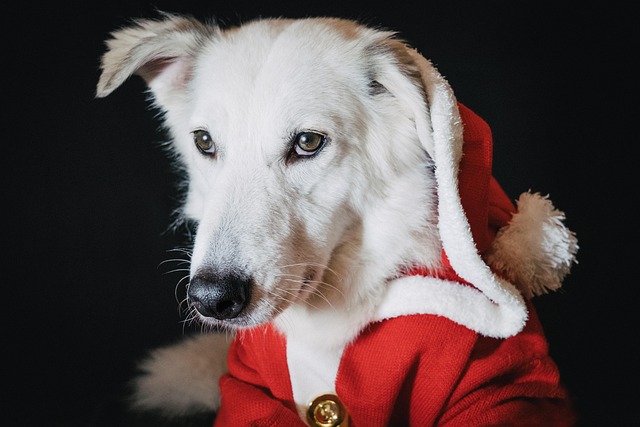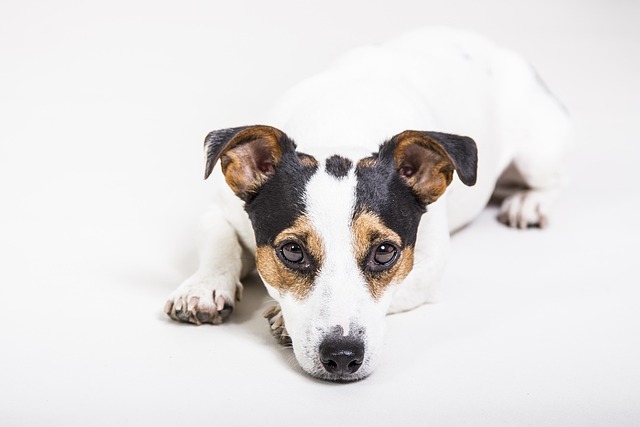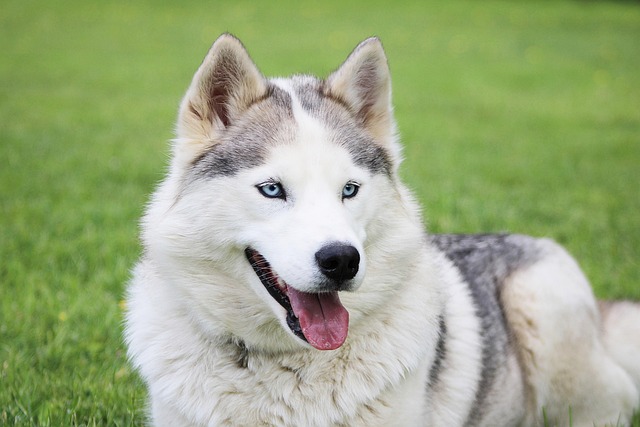
How long do food allergy symptoms last in dogs?
Watching your dog scratch themselves raw or break out in red, bumpy skin is tough—especially when you suspect a food allergy might be to blame.
Picture your golden retriever panting heavily after fetching in the park, tongue hanging low, maybe stumbling a bit. That’s not just tiredness; it could be the scary start of heat sickness, or heatstroke, where your dog’s internal cooling system crashes. It’s more than feeling hot – it’s a medical emergency where their body temperature skyrockets past safe limits, often from being left in a hot car, over-exercising on humid days, or even just being a flat-faced breed struggling on a warm afternoon. Spotting the signs of heat sickness in dogs early is everything: excessive panting, bright red or sticky gums, vomiting, diarrhea (sometimes bloody), weakness, wobbliness, or even collapse.
So, how long does heat sickness last in dogs? There’s no single answer, and that uncertainty can be really tough. Think of it like a burn. A minor sunburn heals fast, while a severe one needs weeks of care. The dog heatstroke recovery time hinges on several things. How high did their temperature climb and how long were they overheated? A quick intervention makes a huge difference compared to delayed help. Your dog’s age matters – seniors and very young pups are more fragile. Underlying health issues like heart problems or obesity add risk. Breed plays a role too; bulldogs, pugs, and thick-coated northern breeds recover slower. Most critically, how fast you started effective cooling and got veterinary care drastically shapes the timeline. Mild cases caught early might bounce back in 24-48 hours with careful home care, but severe heatstroke often means days in the hospital and weeks, even months, of careful management at home for full recovery, especially if organs were damaged.
What you do in those first critical minutes and the days after profoundly impacts the dog heatstroke recovery time. If you suspect heat sickness, act fast but calmly. Immediately move your dog to cool shade or air conditioning. Offer small amounts of cool (never ice-cold) water to drink if they’re conscious and not vomiting. Start cooling gently: wet their paws, belly, groin, and armpits with cool water, or drape damp towels over these areas, replacing them as they warm. Crucial point: Avoid ice baths or covering them completely in wet towels, as this can trap heat or cause shock – focus on major blood vessels. Use a fan if possible. Call your vet or emergency clinic *while* you start cooling – tell them you’re coming and suspect heatstroke. This immediate treatment for heat sickness in dogs is vital. Once at the vet, they’ll continue aggressive cooling with IV fluids, oxygen, and medications. Back home, recovery is about rest, quiet, and hydration. Keep them strictly indoors in a cool, dim room for days or weeks as advised. Ensure constant access to fresh water. Feed small, bland meals. Absolutely no exercise until your vet gives the all-clear – walks can wait. Watch them like a hawk for any return of symptoms like vomiting, lethargy, or labored breathing.
Managing your expectations during recovery is key. Even after leaving the vet, your dog isn’t out of the woods. Organ damage (like kidneys or liver) might not show immediately. Recovery isn’t linear; they might seem better one day and tired the next. Know the red flags demanding an immediate vet callback: difficulty breathing, seizures, unresponsiveness, bloody vomit/diarrhea, refusing water, or a sudden worsening in energy. Understand that full recovery from severe heatstroke can take weeks to months. They’ll need follow-up blood tests to monitor organ function. Be patient, provide calm comfort, and strictly adhere to your vet’s instructions on activity restriction and medication. In the US, leaving a dog in a hot car isn’t just dangerous; it’s illegal in many states and can lead to animal cruelty charges. Prevention is always best – walk early or late on hot days, provide endless cool water and shade, and know your dog’s limits. Recognizing the signs of heat sickness in dogs and acting instantly gives them the best shot at a full recovery.

Watching your dog scratch themselves raw or break out in red, bumpy skin is tough—especially when you suspect a food allergy might be to blame.

When your Border Collie is constantly scratching, it's hard not to feel their discomfort. These energetic dogs thrive on attention, and seeing them struggle with itchy skin can be worrying.

Dog's eyes are windows to their happiness—so when those windows get cloudy, watery, or red, it's hard not to worry. Maybe your pup's been squinting nonstop, or there's a goopy discharge crusting around their lids.

Watching your golden retriever hesitate before jumping onto the couch or limping after a walk in Central Park hits hard. While glucosamine has been the go


Discovering a tick crawling on your pup after a walk in the park is every dog owner's mini-nightmare. Beyond the "ick" factor